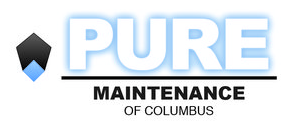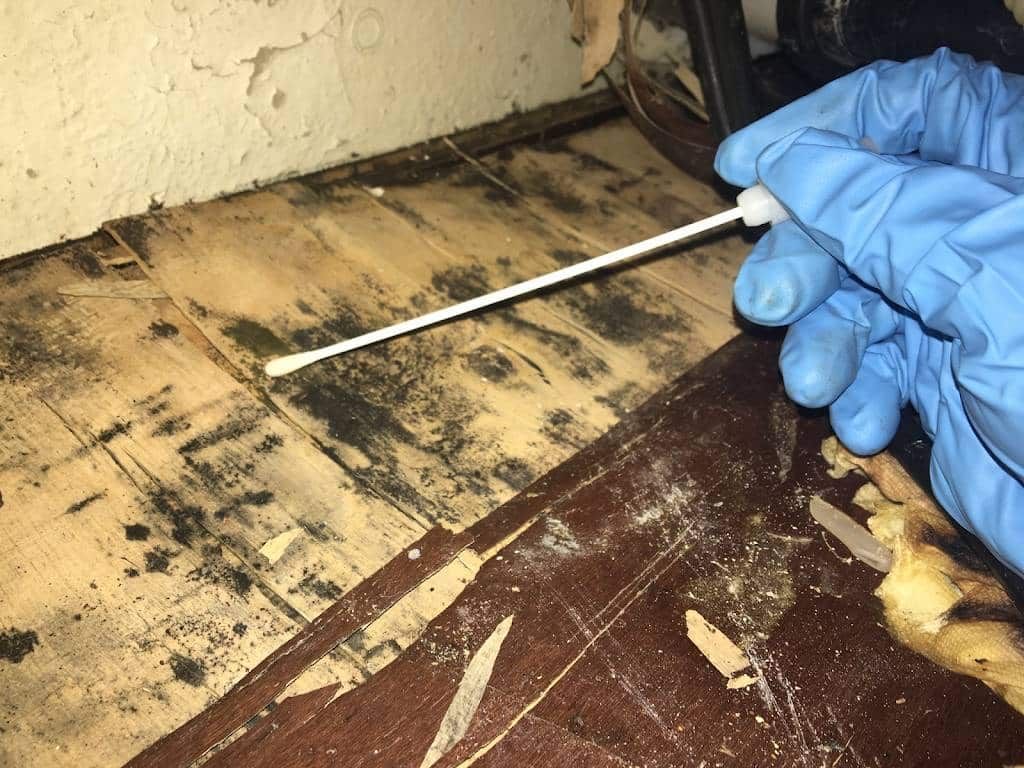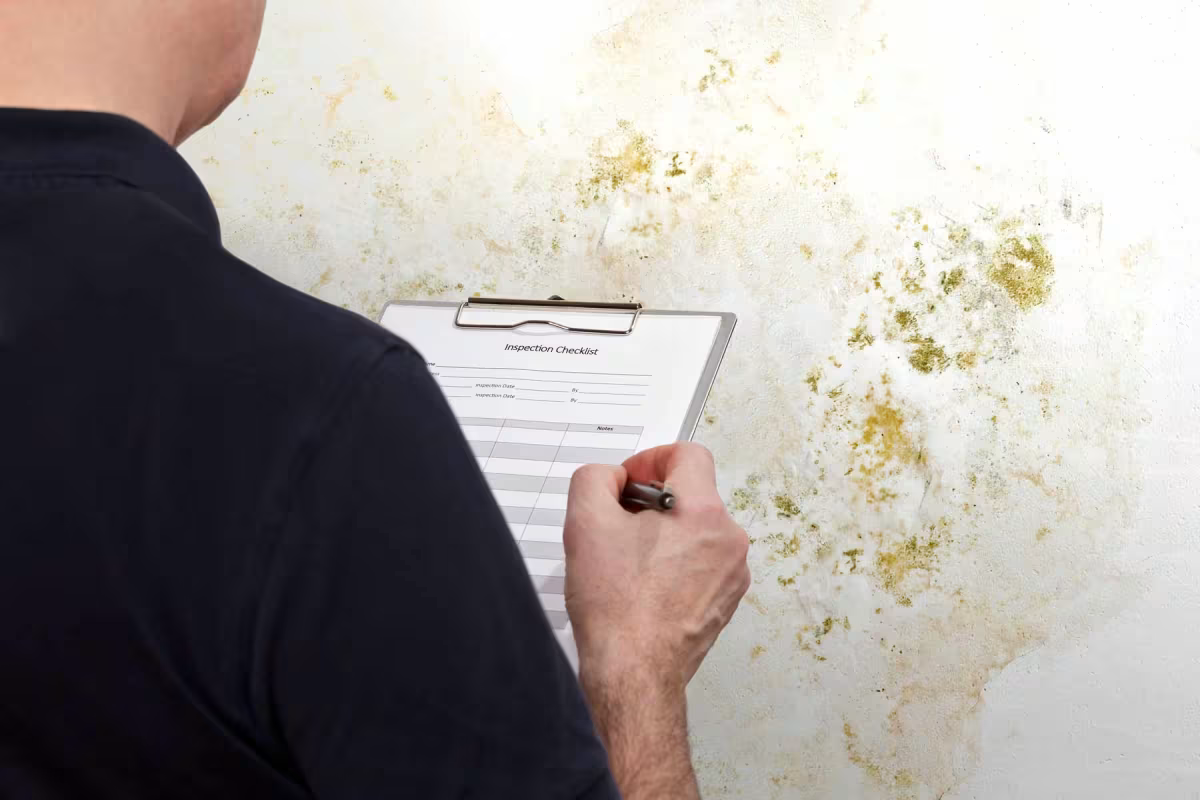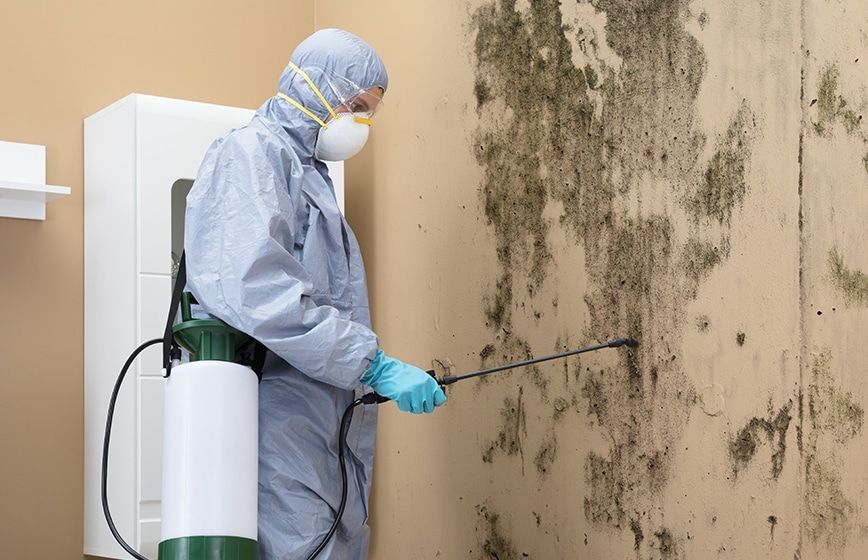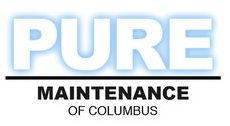Traditional Mold Removal vs. Dry Fog Mold Removal: Which is Right for You?

Understanding the Basics of Mold Remediation
Mold remediation is a critical process for any property owner facing mold issues. It involves the removal, cleaning, and prevention of mold growth to ensure a safe and healthy environment. Two primary methods are widely used: traditional mold removal and dry fog mold removal. Each method has its pros and cons, making it essential to understand their differences and effectiveness.
What is Traditional Mold Removal?
Exploring Conventional Methods
Traditional mold removal typically involves physical removal and cleaning of mold-infested areas using techniques such as scrubbing, scraping, and applying chemical agents. Professionals use biocides and fungicides to kill mold spores and inhibit future growth.
- Scrubbing and Cleaning
In traditional methods, mold-contaminated surfaces are scrubbed vigorously to remove visible mold and its spores. This process often includes using brushes, cloths, and specialized cleaning solutions to eradicate mold growth.
- Chemical Treatments
Chemical treatments play a crucial role in traditional mold removal. Biocides and fungicides are applied to affected areas to kill mold spores and prevent regrowth. While effective, these chemicals can pose health risks and may cause damage to certain materials.
Limitations of Traditional Methods
Challenges and Drawbacks
Despite its effectiveness in removing visible mold, traditional methods have limitations. They may not address mold spores hidden within porous materials like wood and drywall completely. Moreover, the use of harsh chemicals can damage surfaces and pose health hazards to occupants.
- Incomplete Removal
Traditional methods often struggle with completely eradicating mold spores embedded deep within porous materials, leading to potential regrowth.
- Potential Damage to Surfaces
The aggressive nature of scrubbing and chemical treatments can cause structural damage to surfaces, necessitating costly repairs.
Introducing Dry Fog Mold Removal
How It Works
Dry fog mold removal is an advanced remediation technique that uses a specialized fogging machine to disperse a fine mist of hydrogen peroxide solution. This mist reaches and neutralizes mold spores in even the most inaccessible areas without causing damage to surfaces or belongings.
- The Science Behind Dry Fog
The fogging machine atomizes the hydrogen peroxide solution into tiny particles, creating a fog that penetrates deeply into cracks, crevices, and porous materials. Upon contact, the hydrogen peroxide oxidizes mold spores, effectively killing them.
- Application Process
Professional technicians use precise calculations to determine the correct concentration and application time for the dry fog treatment. The process is non-invasive and typically requires minimal preparation and cleanup compared to traditional methods.
Advantages of Dry Fog Mold Removal
Why Choose Dry Fog?
Dry fog mold removal offers several advantages over traditional methods, making it an appealing choice for many property owners:
- Non-Destructive
Unlike traditional methods that can damage surfaces, dry fog mold removal is non-destructive. It treats mold growth without harming materials such as wood, drywall, or upholstery.
- Penetrative Efficiency
The microscopic fog particles penetrate deeply into materials, reaching mold spores in hidden areas that traditional methods might miss. This thorough approach ensures comprehensive mold remediation.
Cost Comparison: Traditional vs. Dry Fog
Financial Considerations
When comparing costs between traditional mold removal and dry fog mold removal, several factors come into play:
- Upfront Costs
Traditional methods may have lower upfront costs due to simpler equipment and techniques. In contrast, dry fog mold removal involves specialized equipment and expertise, initially costing more.
- Long-Term Savings
Despite higher initial costs, dry fog mold removal can offer long-term savings by effectively preventing mold recurrence. It reduces the need for repeated treatments and costly repairs associated with incomplete mold removal.
Effectiveness Comparison
Which Method Works Better?
In terms of effectiveness, dry fog mold removal tends to outperform traditional methods in several key areas:
- Efficacy in Mold Removal
Dry fog technology reaches and treats mold spores more comprehensively than traditional methods, reducing the likelihood of regrowth.
- Preventive Measures
The penetrating nature of dry fog ensures that mold spores are thoroughly neutralized, minimizing the risk of future mold outbreaks when compared to traditional methods.
Environmental Impact
Considering Eco-Friendliness
Environmental considerations are crucial when choosing a mold remediation method:
- Chemical Usage
Traditional mold removal often relies on chemical biocides that may be harmful to the environment. In contrast, dry fog mold removal uses hydrogen peroxide, which breaks down into oxygen and water, posing minimal environmental risk.
- Residual Effects
The residue left behind by chemical treatments in traditional methods may contribute to indoor air pollution. Dry fog mold removal leaves no harmful residue, promoting cleaner indoor air quality.
Health and Safety
Protecting Your Environment
Ensuring the health and safety of occupants during mold remediation is paramount:
- Air Quality Concerns
Traditional methods can release mold spores and chemical fumes into the air, potentially exacerbating respiratory issues. Dry fog technology minimizes airborne contaminants, creating a safer environment for occupants.
- Human Exposure
The use of gentler, eco-friendly solutions in dry fog mold removal reduces health risks associated with prolonged exposure to harsh chemicals used in traditional methods.
Speed and Efficiency
Time as a Factor
Time efficiency is a significant consideration in mold remediation:
- Treatment Duration
Dry fog mold removal typically requires less time to apply and achieve effective results compared to traditional methods, minimizing disruption to daily activities.
- Return to Normalcy
Properties treated with dry fog technology often require less post-treatment cleanup and preparation, allowing occupants to resume normal activities sooner than with traditional methods.
Choosing the Right Method for Your Needs
Factors to Consider
When deciding between traditional mold removal and dry fog mold removal, consider the following factors:
- Severity of Mold Infestation
The extent and location of mold growth influence the choice of remediation method. Dry fog technology is particularly effective for extensive or hard-to-reach mold infestations.
- Property Type and Structure
The type of property and its construction materials play a role in determining which remediation method is most suitable. Consultation with a professional can help assess the best approach.
Customer Experiences: Case Studies
Real-Life Applications
Real-world examples highlight the effectiveness of both traditional and dry fog mold removal methods:
- Success Stories with Traditional Methods
Customer testimonials underscore the reliability of traditional mold removal techniques in addressing common mold issues effectively.
- Testimonials from Dry Fog Users
Clients who have opted for dry fog mold removal often report satisfaction with the thoroughness and long-lasting results of this advanced technology.
Conclusion
Making the Decision
Choosing between traditional mold removal and dry fog mold removal depends on factors such as effectiveness, cost, environmental impact, and health considerations. Assessing your specific needs and consulting with mold remediation experts can guide you towards the method that best suits your situation. Book an appointment with Pure Maintenance of Columbus today!
